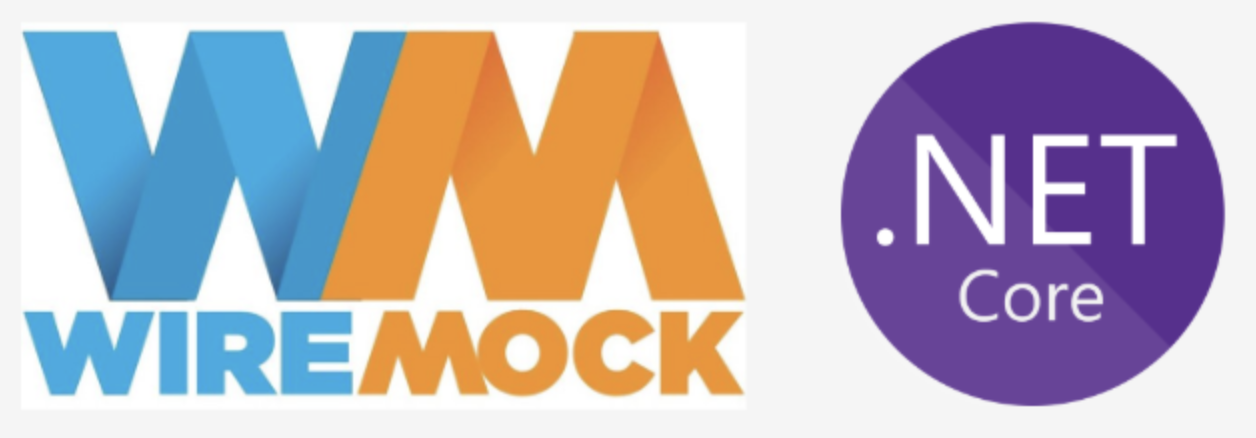Why Ally Financial Chose WireMock Cloud Over Legacy Service Virtualization

This article is based on our recent webinar with Ally Financial. Watch the full conversation below, or scroll down for a written summary.
When API Dependencies Become Development Bottlenecks
Divyeshkumar Patel manages enterprise testing platforms for Ally Financial, one of the largest digital-first financial services companies in the US. With over 20 years in software development lifecycle management, he oversees the testing infrastructure that supports Ally's entire engineering organization — performance testing, automation testing, mobile testing, visual testing, and service virtualization.
Like most financial institutions today, Ally has undergone significant digital transformation. Applications are increasingly distributed, built as microservices that communicate through APIs across internal and external systems. Open banking regulations have accelerated this shift, requiring banks to expose more APIs and integrate with more external services than ever before. This growth in API usage has created a complex web of dependencies that traditional development processes struggle to handle.
For Ally, this meant that teams were increasingly building applications that relied on external APIs they couldn't control, and internal microservices that other teams were still developing. As Divyeshkumar explained, "We follow Agile and DevOps methodologies, which means we are continuously testing and releasing new features - so some parts of the application are built before others are ready. This could slow down tests when we have to wait for a dependent service to be available.”
Performance testing was also an issue. Many vendors simply didn't provide production-like testing environments; even when they did, running load tests against third-party APIs could disrupt the vendors' own environments.
Legacy Service Virtualization Doesn’t Cut It
Ally had recognized these challenges years earlier and invested in service virtualization. For eight years, they used a traditional enterprise platform to create simulated environments. But the solution created as many problems as it solved.
"The service virtualization tool we were using required really extensive setup work to operate." Divyeshkumar recalls. "It took a lot of effort to get users up and running on it."
In practice, this created a bottleneck: teams would request simulated environments from a central group, wait for them to be configured, then discover they needed modifications for specific test scenarios. Rather than enabling parallel development, the legacy system became another dependency to manage.
Modernizing API Simulation Across the Testing Lifecycle
After years of frustration with their legacy service virtualization platform, Ally began evaluating modern alternatives, which led them to WireMock Cloud. Unlike their previous platform, which required extensive configuration and admin intervention, WireMock Cloud offered the self-service capabilities that would enable true parallel development.
Ally uses WireMock Cloud extensively across their development and testing processes:
- Simulating over 20 external APIs to support both functional and performance testing scenarios.
- For load testing, the team records third-party API interactions and replays them through WireMock Cloud rather than hitting actual vendor systems. This approach eliminates the risk of disrupting partner environments while enabling realistic performance validation. "Instead of connecting to the actual API, we're hitting the mock API to do our functional testing, load testing, and positive/negative testing," Divyeshkumar explains.
- The platform also supports sophisticated testing scenarios that weren't practical with their previous solution. Teams can simulate error conditions, network delays, and various response patterns to validate how their applications handle edge cases.
Perhaps most significantly, WireMock Cloud has shifted simulation creation from a centralized bottleneck to a distributed capability. Rather than waiting for admin teams to configure complex environments, development teams can now create their own simulations as needed, as well as quickly prototype against API contracts that aren't yet implemented

he platform's ease of use has also reduced the learning curve for new team members and increased adoption across the organization. Rather than requiring specialized training, teams can begin creating simulations with minimal onboarding.
4 Best Practices in Software Modernization
Based on Ally’s experience modernizing their development and testing processes, here are key practices that apply beyond any specific tooling choice:
1. Establish a centralized technology assessment process
Avoid tool sprawl by implementing enterprise-wide technology reviews. Ally's enterprise architecture team continuously evaluates new tools to prevent overlapping capabilities and eliminate isolated, team-specific solutions. This prevents the common problem of having "multiple tools with the same capabilities" scattered across different teams.
2. Focus on capabilities, not features
When evaluating modernization tools, resist the temptation to get distracted by extensive feature lists. Instead, identify the specific gaps in your current workflow and focus on capabilities that directly address those gaps. As Divyeshkumar notes: "Don't see what the tools are providing - see what capabilities you really need in your area."
3. Start with pilot groups to drive adoption
Rather than rolling out new tools organization-wide, begin with a single team or application. Use this pilot to showcase concrete value and build internal champions. The key is demonstrating measurable improvements before asking other teams to change their workflows.
4. Provide continuous support throughout implementation
Tool adoption fails when teams are simply given new platforms without ongoing guidance. Ally's approach involves helping teams "from starting to end" with continuous training and coordination. This includes partnering with vendors for workshops and technical support, not just initial setup.

/
Latest posts
Have More Questions?

.svg)
.svg)

.png)

.png)
.png)
